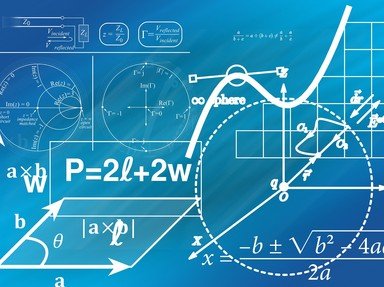Quiz Answer Key and Fun Facts
1. A simple magic square of order n, where n = 3 is shown below:
6 1 8
7 5 3
2 9 4
Notice that all the numbers in each row, column and diagonal add up to 15. This number, denoted by M is called the magic constant or magic sum, M. Its formula is?
2. There is no magic square with an order of 2. (Hint: Try to fill in the numbers 1 to 4 in a 2 x 2 square and see if every row, column and diagonal add up to a same magic sum.)
3. Without counting rotations and reflections, the number of possible solutions for the magic square with an order of 3 is?
4. The magic square with an order of 5 is shown below:
11 18 25 02 09
10 12 19 21 03
04 06 13 20 22
23 05 07 14 16
17 24 01 08 15
Notice that the number that is located in the center of the square is 13. Middle values exist only for the case where n is an odd number. What is the middle value for the magic square with an order of 7?
5. Without using a computer, we can construct our own magic square (with an order of n, where n is an odd number) manually.
6. In recreational mathematics, there exist bimagic squares which are magic squares that remain magic squares when all the numbers in the cells are squared.
7. A trimagic square is a magic square that remains a magic square when all the numbers in the cells are squared and cubed. In 2002, a German mathematician, Walter Trump discovered the only solution for the trimagic square of order 12. Are there any other trimagic squares with different orders?
8. A square of order n that is filled with numbers from 1 to n^2, so that each row, column and diagonal produce different sums is called a...
9. The type of square (resembles a smaller version of Sudoku) where each number occurs only once in each row and column, as shown below is called a (an)?
01 02 03
02 03 01
03 01 02
10. A magic cube is an equivalent magic square except that it is 3 dimensional. The middle value for the magic cube of order n = 3 is?
Source: Author
Matthew_07
This quiz was reviewed by FunTrivia editor
crisw before going online.
Any errors found in FunTrivia content are routinely corrected through our feedback system.
